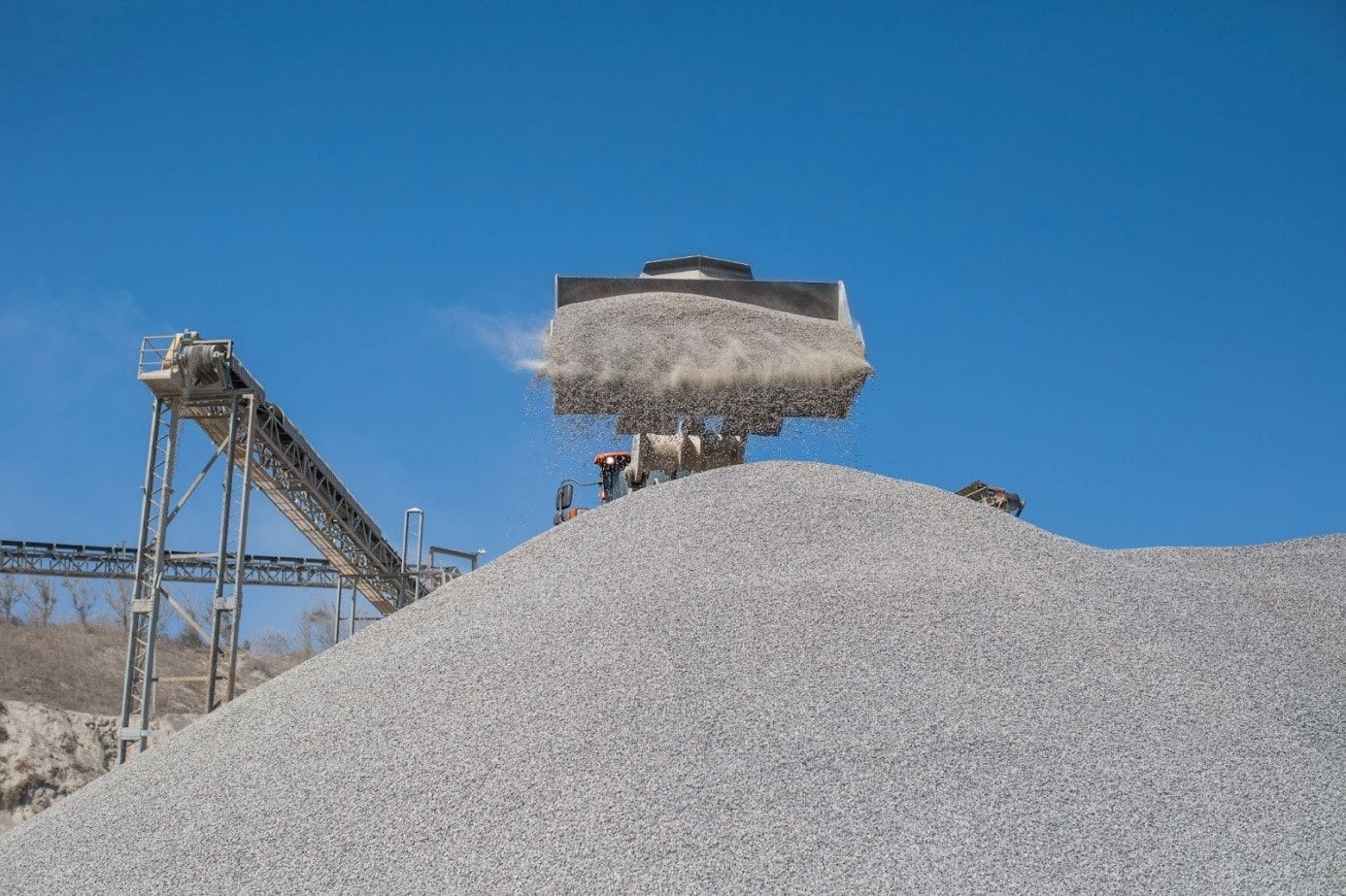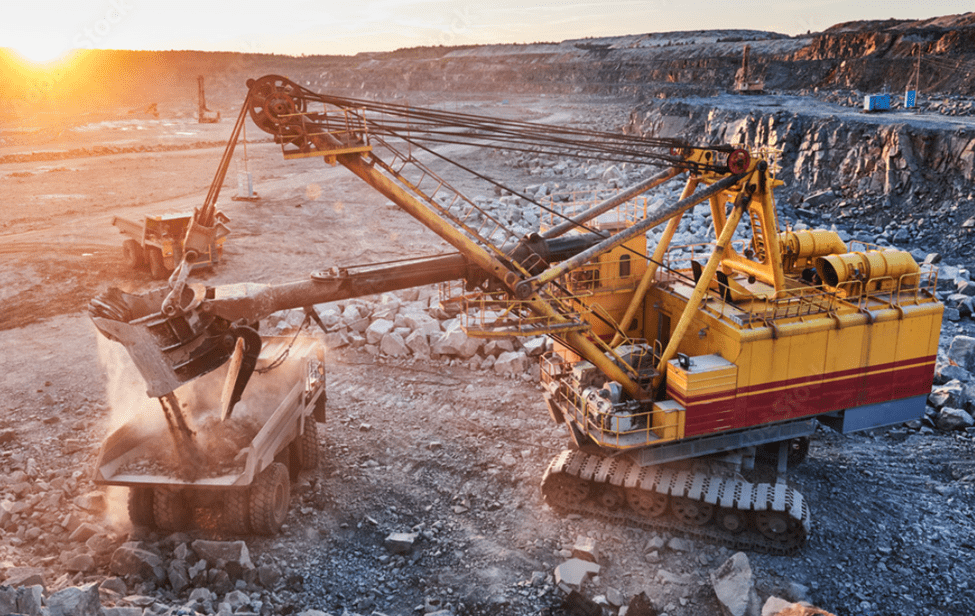Thousands of people worldwide die every year due to health problems caused by continued exposure to dust. The risk of developing respiratory diseases is much more prevalent in people who work in mining, construction, or any industry that generates a lot of dust residue.
Through the use of dust suppression systems, up to 99% of dust can be prevented from going airborne. By getting rid of dust, the workplace becomes a healthier and safer environment, and the benefits in performance and cost reductions are numerous. Maintenance and water usage, for example, will be drastically changed after installing a dust suppression solution.
What is dust suppression?
Dust suppression is the act of preventing fine particles of dust from spreading through the air. Most common dust suppression solutions use strategically placed sources of water or non-toxic chemical mixtures for this purpose.
All kinds of industries use dust suppression for health and safety purposes, and to improve overall performance. Dust suppression on construction sites, for instance, can be used to keep dust created by materials such as concrete, mortar, and sandstone from spreading through the air and getting into people’s lawns, offices, and worst of all, their lungs.
Why is dust suppression important?
Dust is bad for your health
Contact with dust can cause someone to develop silicosis and other lung conditions. Lung diseases related to past exposures to dust at work can follow those affected for the rest of their lives.
Substances naturally found on certain types of stone, rock, sand, and clay create fine particles of dust when working with them. Through prolonged exposure to dust, people can be affected by pneumoconiosis. Also known as occupational lung disease, this condition gains its moniker due to the likeness of coming into contact with the dust that causes it while working.
The inside of the lungs will be swollen after inhaling any fine particles. Prolonged exposure to dust will cause the lung tissue to thicken and scar, and the lungs will not work to their previous potential. This is a health condition known as fibrosis, and it is commonly observed in many people with lung issues.
According to the NHS, people working in the following industries are particularly at risk from work-related lung diseases:
- Stone masonry and cutting
- Construction and demolition
- Worktop manufacturing and fitting
- Pottery, ceramics, and glass manufacturing
- Mining and quarrying
Dust harms the environment
Just as it does to people, dust harms the plants and animals it comes to contact with. Airborne dust can travel far distances and end up polluting crops, natural habitats, or sources of water such as rivers and irrigation infrastructure.
Dust damages equipment
Dust is abrasive and can build up on the inside of vehicles and other machinery. Initially, dust buildup might just mean having a dirty windshield or some chipped paint, but problems generated to machines by dust accumulation can significantly lower their working efficiency.
Dust gathered inside a vehicle can cause tear when steering, impede proper handling, or reduce airflow to components that should remain ventilated. One of the benefits of using dust suppression on construction sites and other workplaces where machinery is common is that maintenance of equipment will be much less of a hassle, as wear-and-tear associated with dust will be minimal.
The impact of dust on the construction industry
Dust suppression keeps the workplace safe and reduces staff turnover and absenteeism
Acquiring a dust suppression system will improve the overall health and safety of everyone in the workplace as well as reduce staff turnover and absenteeism. Dust makes it harder to see and communicate, which can sometimes decide the outcome of a life-or-death situation. The durability of equipment can also be hindered by dust, increasing the chance of accidents happening. Dust in the short term generates eye problems, transmits diseases such as bacteria and viruses and is uncomfortable for the worker, which causes them to migrate to cleaner jobs, or to report sickness more frequently.
Dust can get anywhere, and that includes the inside of safety goggles. Somebody operating machinery could suddenly have some dust enter their eye, which could lead them to abruptly mishandling the equipment, possibly causing eye damage or a fatal accident.
In the same vein, dust lodged on the inside of equipment could create layers of sediment, which can cause problems like preventing airflow and obstructing the torque of gears. Enough dust without proper maintenance can lead to vehicles and machines breaking down, or even catching fire.
How can I control dust on my work site?
The state-of-the-art dust suppression solutions offered by Dust Master Systems (DMS) can handle dust through diverse innovative strategies that can be adapted to all kinds of environments. ABCDust uses DMS solutions alongside electronically controlled irrigation equipment, optimizing performance and reducing costs.
The equipment used by ABCDust has been created with proprietary nanomaterials, designed by experts to guarantee resilience, durability, and safety. There is a dust suppression solution for any kind of industry and terrain. Not only construction sites benefit from having a dust suppression system, but also those working in forestry, mining, road maintenance, and any workplace that may generate dust.
Users of ABCDust can rest easy knowing up to 99% of dust will be gone, while water consumption can be minimized, saving up to 90% of water. Products offered by ABC Dust are non-toxic and harmless to people and the environment, won’t be corrosive to machinery, and can be applied in all types of soil.
Through collection and analysis of information on performance on different weather, soil, water, and traffic conditions, we can determine what products and dosages will suit your needs the best. Contact ABCDust to improve production and keep you and your employees safe and healthy!





